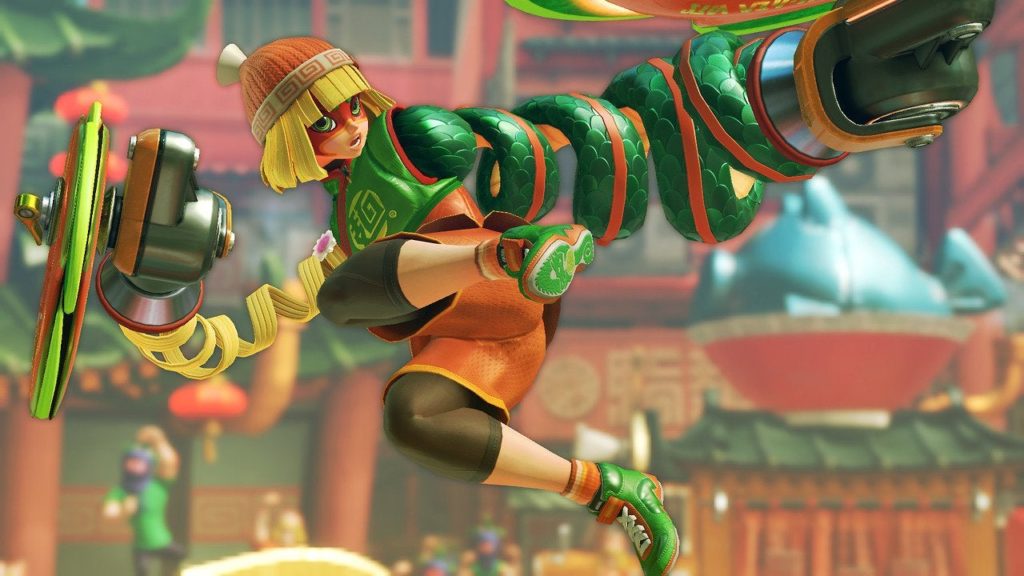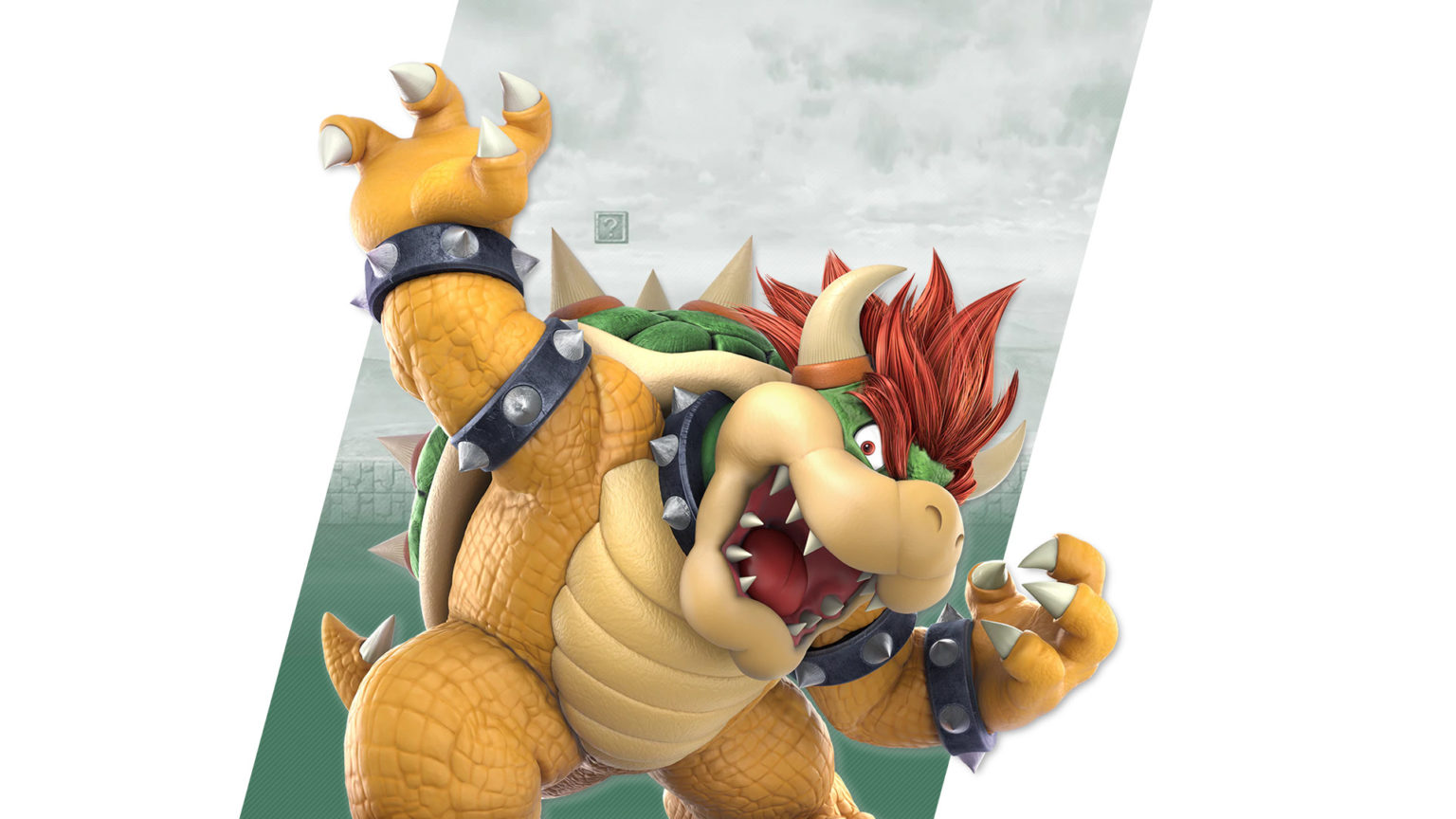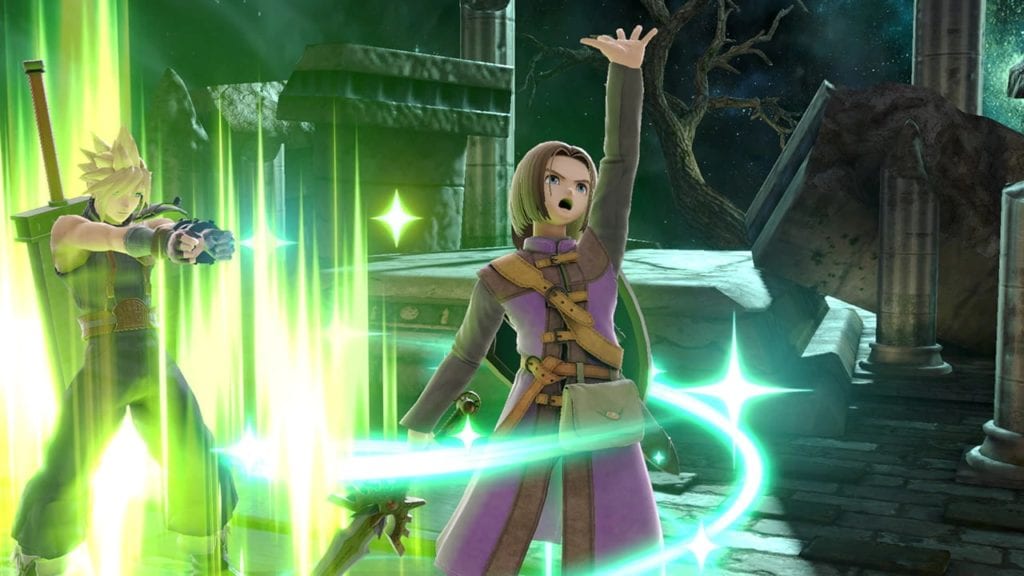Nintendo is known for a great many things. It hosts a pantheon of world-renowned video game icons, decades-worth of fantastic titles, and most recently a Mario-themed amusement park opening to the public in 2021. However, while Nintendo’s laundry list of achievements is indeed long, its list of grievances is growing in tandem. For a company that pushes out amazing titles and content that would make other publishers green with envy, Nintendo is a company that climbs three steps forward while jumping staircases downward.Many content creators have brushed with this side of Nintendo. From harmless cosmetic modders for Nintendo games to creators of fully-fledged fan-game creations, many have felt the sting of Nintendo’s uncompromising wrath—and no group of people is more intimate with the feeling than Nintendo’s very own SuperSmashBros. community.
Nintendo’s History in the Scene
The competitive SmashBros. scene’s history is a long and jaded one. For a community that is primarily grass roots based, competitive Smash has always been run by the fans and players rather than Nintendo themselves. Fans were the ones planning and organizing major events and competitions, covering funds and expenses, and doing virtually everything major esports companies would be doing, except without the corporate support and bankroll of Nintendo. The only time Nintendo would get involved was to shut down Melee events, like it had almost done during EVO 2013 and other events prior. Nintendo seemed intent on not letting competitive Melee remain. However, Nintendo’s stance did little to dissuade fans. In the face of this major hurdle, competitive Smash has continued to thrive, especially Melee. It churns out events, tournaments, and outrageous plays years after the game’s initial release and subsequent sequels. Brawl,Smash4, and even Ultimate can barely hold a candle to the sheer institution that is competitive Melee. It is a history rich scene, with complicated and bewildering drama and an ever-evolving meta-game that continues to shock and awe players. The competitive depth Melee offers has not been matched by any other Smash game and is a big reason why it continues to persist in the face of more technologically advanced and superior sequels.
This has led people in the Smash community to come up with a modded version of Brawl, titled Project M, fit to play like Melee would. The mod gained a sizable following, playerbase, and competitive scene as well as a dedicated development team to oversee its growth. All of this was done by fans.
Melee’s scene was built up by fans since its early days and remains a community driven by itself rather than any support from Nintendo, and has remained strong despite this lack of support, a unique strength Melee can boast over other prominent FGCs. Melee fans are hardcore.
However, this community-bound scene became a double-edged sword once 2020 came into full swing. The advent of the coronavirus presented a near-insurmountable obstacle for a scene that was so dependent on community-gathering and public events. Online Melee just wasn’t the same, and the same could be said for the “technologically superior” Smash Ultimate, which was lambasted for its utter garbage heap of online play.
Majors and super majors were cancelled in lieu of the pandemic and shutdowns, but fans weren’t about to let a global catastrophe get in the way of their favorite pastime.
Enter Project Slippi, an ongoing effort by Melee fans for Melee fans that aims to give Melee major quality of life changes not present in the original title, primarily being rollback netcode-based online multiplayer. This game modification was run using a Dolphin emulator.
It was just what Melee needed to continue to survive in the tough pandemic era and allowed event organizers to still go forth with tournaments and majors thanks to how incredibly well Slippi performed online. Many fans were hopeful, despite the pandemic, for Melee’s future.
That was until Nintendo finally decided to rear its head once again on the community.
The Straw that Broke the Camel’s Back
On November 20, SmashMelee’s longest running super major, The Big House, announced its cancellation on order of a Cease-and-Desist from Nintendo.Nintendo’s statement reads as follows:
“Nintendo appreciates the love and dedication the fighting game community has for the Super Smash Bros. series. We have partnered with numerous Super Smash Bros. tournaments in the past and have hosted our own online and offline tournaments for the game, and we plan to continue that support in the future. Unfortunately, the upcoming Big House tournament announced plans to host an online tournament for Super Smash Bros. Melee that requires use of illegally copied versions of the game in conjunction with a mod called “Slippi” during their online event. Nintendo therefore contacted the tournament organizers to ask them to stop. They refused, leaving Nintendo no choice but to step in to protect its intellectual property and brands. Nintendo cannot condone or allow piracy of its intellectual property.”
This sent fans into an uproar, furious that, once again, Nintendo only steps in to stifle the competitive scene over what appears to be emulation of Melee. The ethics regarding emulation are murky in certain areas, but it is perfectly legal to emulate a game so long as a player is emulating a legally acquired copy of it and not distributing it publicly. Some laws in certain countries state emulating a game and “playing it in a way not intended” could be constituted as illegal, which Slippi could technically be. However, Nintendo’s statement was clear that they worried more about illegally acquired Melee copies rather than a modded emulation. However, Nintendo’s ToS for their games could be factoring into their statement over the whole matter.Other companies have ignored modifications and fan-made quality of life changes for fighting games, like creations such as Parsec and Fightcade, which were beneficial for each respective scene. Nintendo has stated in the past that it cares for the FGC, which it claims is why it swings down its “hammer of justice” so much on the Smash scene. However, if that were true, Nintendo would have actually contributed and nurtured the competitive scene with other willing companies.Around the same time the C&D from Nintendo came, other insider sources to competitive Melee and Project M broke their silence and revealed a lot of damning evidence regarding Nintendo’s inane treatment of the competitive Smash scene.According to a twitlonger by “anonymoussmasher”, the writer lists several instances of how third-party entities like Red Bull and Twitch have tried to create a competitive Melee esport circuit with Nintendo’s blessing only for the attempts to fall through. The attempt with Twitch is perhaps the most controversial. According to anonymoussmasher, Nintendo and Twitch had finally come to an agreement in 2018, after three years of negotiating and legwork, to a Nintendo sanctioned circuit. The agreement wasn’t just a word or two of good faith but a written contractual agreement between both parties. All seemed to be working well.However, in 2018 Nintendo surprised the world with SuperSmashBros. Ultimate. In its eyes, with the advent of a new game, a circuit revolving around older Smash titles made no sense. So, to the dismay of everyone following the conversation, Nintendo told Twitch to wait, halting any and all progress of a viable competitive league. In light of this news with Twitch, people who were a part of Project M began to shed light on their situation as well.Despite Project M’s developmental demise, it maintained a strong following by fans and players who continued to compete at weeklies and other tournaments. Many of these tournament plays and their VODs were streamed using Twitch. However, starting in 2015, Twitch had started going around on its platform and effectively shutting down Project M related streams and content creators. According to @CLASH_Chia’s twitlonger, Twitch let channels get one last event of Project M before being no longer allowed to stream any PM. Afterwards, VODs of older PM events and matches were even removed from Twitch and other platforms entirely, only being re-uploaded at the behest of fans many months later.
No related posts.







